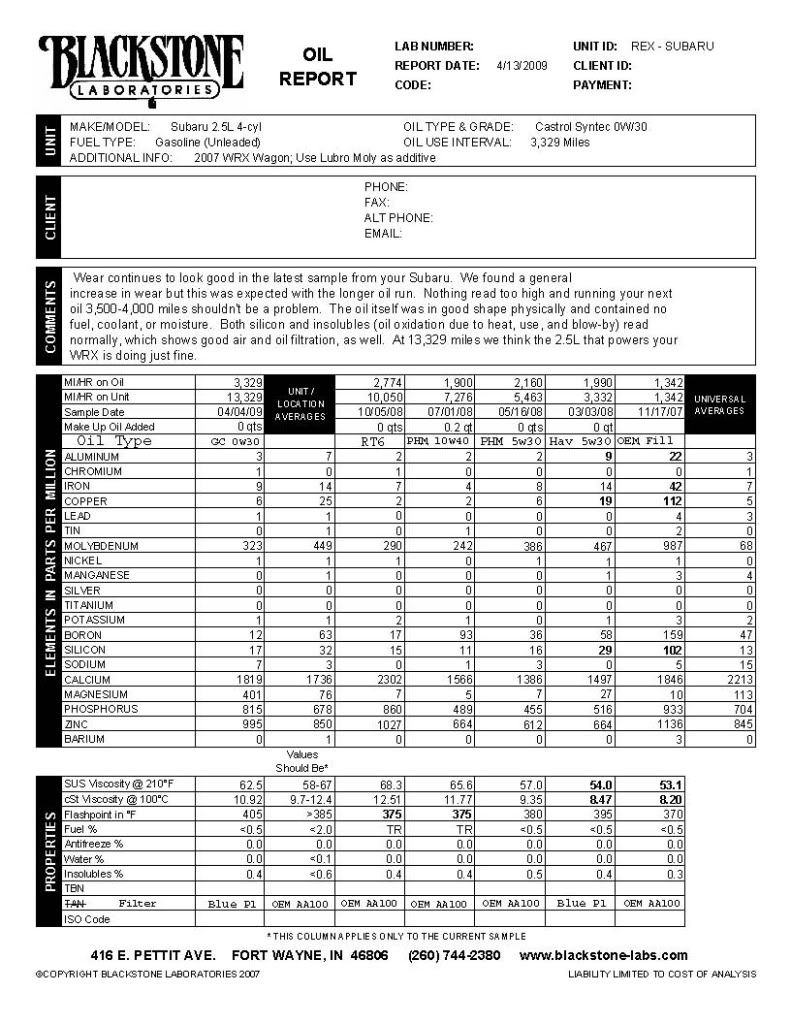Originally Posted By: dnewton3
The UOAs show that you could certainly go longer on your OCIs.
However, I typically agree with following OEM conditions while under warranty. That being the case, if 3750 mile OCIs is the stated max, then I'd ditch the expensive oils and run any decent PCMO suitable for the engine as spec'd in the manual.
A bit off-topic, but too many of you don't understand the MM Act ...
When you following warranty conditions, then the burden of proof is upon the OEM to show that they are not at fault for whatever failure happened. It is the OEM responsibility to show how they should not be held liable.
However, when you venture off the reservation, the burden of proof shifts to you. The OEMs have well written limited warranties for a very good reason. Your engine needs lube, and changed at specific intervals. If you choose to not change oil as often, or use the wrong oil, then it is YOUR responsiblity to prove that your alternative choices didn't cause a failure, should it occur. No OEM engine maker is going to willingly be held liable should you choose to use GL-5 gear oil in your crankcase of your 2.5L turbo (nor should they be, logicially).
The MM act also speaks to the need to use OEM branded products, or more specifically they requirement of OEM branded products being of no cost, if they are required for warranty. That is how we can all use aftermarket oils and filters, rather than OEM branded oils and filters, and still have warranty intact. Should the warranty be predicated upon the specific use of branded products, those products must included free. This protects not only the end user, but the makers of aftermarket products. However, it does NOT release alternative products and users of the responsibility of choosing products that are properly "spec'd" for the right applications. The OEM can, and has every right, to "spec" certain performance parameters and criteria, so as to assure the proper care and maintenance of their product. You don't get to use a low-end PCMO in your brand new Dmax engine that requires CJ-4, and then blame GM when the engine siezes up. And for that matter, if you used a "wrong" oil of an improper spec, no lube maker is going to stand by your choice either ... The OEM would not be expected to cover the failure, nor would the lube maker. It would be your burden of proof, to show in court or arbitration, how your alternative choice didn't cause a failure. Good luck with that!
You can do what you choose, but when you violate the conditions of warranty, the MM act does NOT automatically condone your actions and make you infallible. The MM ACT works both ways; it protects the consumer, but it also protects the OEM. The MM act is about burden of proof, and under what conditions those burdens apply.
THAT is the reality of the MM act.
Excellent explanation!





